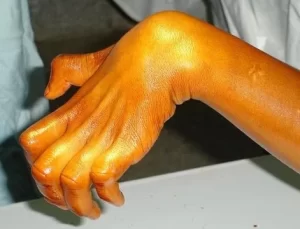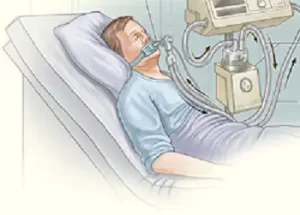
Nitesh Patel - Physiotherapist
Posts
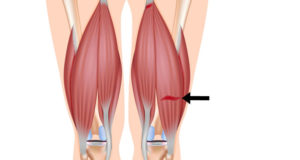
Hamstring Muscle Injury
Introduction: Hamstring Muscle Injury Hamstring muscle injury — such as a “pulled hamstring” — occur frequently in athletes. They are especially common in athletes who...
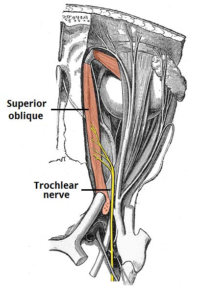
TROCHLEAR NERVE
INTRODUCTION : The trochlear nerve, also called the fourth cranial nerve or CN IV, is a motor nerve (a somatic efferent nerve) that innervates only...
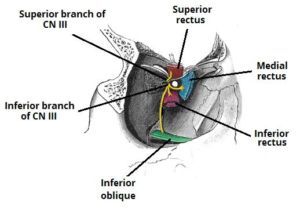
OCULOMOTOR NERVE
INTRODUCTION : The oculomotor nerve is the third cranial nerve (CN III). It enters the orbit via the superior orbital fissure and innervates extrinsic eye...
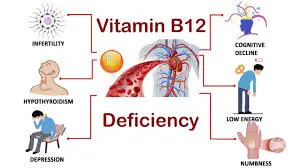
Vitamin B12 Deficiency
Individuals with pernicious anemia Pernicious anemia, a condition that affects 1%–2% of older adults, is characterized by a lack of intrinsic factors. Individuals with pernicious...
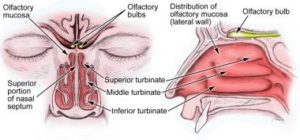
OLFACTORY NERVE
Introduction of Olfactory Nerve : The olfactory nerve (CN I) is the first and shortest cranial nerve. It is a special visceral afferent nerve, which...

Wrist Extensors- Anatomy and Exercises
Introduction: The wrist extensor muscles of the hand are located in the back of the forearm and have long tendons connecting them to bones in...

Trigeminal Nerve
Introduction The trigeminal nerve (the fifth cranial nerve, or simply CN V) is a nerve responsible for sensation in the face and motor functions such...

Neck Muscles – Anatomy and Exercise
Introduction Neck muscles are bodies of tissue that produce motion in the neck when stimulated. The muscles of the neck run from the base of...

